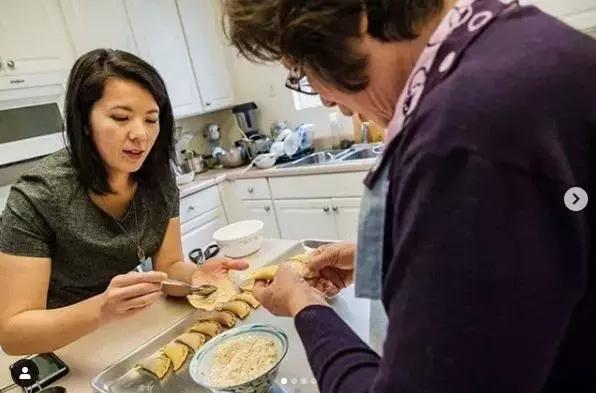Delicious Metric Recipes: Your Ultimate Guide to Cooking with Precision
### DescriptionIn the world of culinary arts, precision is key. Whether you’re a seasoned chef or a home cook, using metric recipes can elevate your cooking……
### Description
In the world of culinary arts, precision is key. Whether you’re a seasoned chef or a home cook, using metric recipes can elevate your cooking by ensuring that every ingredient is measured accurately. This comprehensive guide will explore the benefits of using metric recipes, offer tips on how to convert traditional measurements, and provide a selection of mouthwatering dishes that you can easily prepare at home.
One of the primary advantages of metric recipes is their consistency. Unlike the imperial system, which can vary based on cups, ounces, and tablespoons, the metric system uses standardized units such as grams and liters. This means that when you follow a metric recipe, you can replicate the dish time and again with the same delicious results. For instance, if a recipe calls for 200 grams of flour, you can be sure that this measurement will yield the same texture and flavor every time, unlike a cup measurement that can fluctuate based on how tightly the flour is packed.
Additionally, metric recipes are especially beneficial for baking, where precision is crucial. Baking is a science, and even a slight variation in ingredient quantities can lead to disastrous results. By using a digital kitchen scale to measure your ingredients in grams, you can achieve the perfect balance needed for cakes, breads, and pastries. This not only enhances the quality of your baked goods but also boosts your confidence in the kitchen.
For those who are accustomed to the imperial system, transitioning to metric recipes may seem daunting. However, the process is straightforward. To convert cups to grams, you can use online conversion tools or reference charts that provide common ingredient equivalents. For example, 1 cup of all-purpose flour is approximately 120 grams, while 1 cup of sugar is around 200 grams. Familiarizing yourself with these conversions will make it easier to follow metric recipes and expand your culinary repertoire.
Now, let’s dive into some delectable metric recipes that you can try at home.
**1. Classic Chocolate Cake**
Ingredients:
- 200 grams all-purpose flour
- 200 grams granulated sugar
- 75 grams unsweetened cocoa powder
- 1.5 teaspoons baking powder
- 1.5 teaspoons baking soda
- 1 teaspoon salt

- 2 large eggs
- 240 ml whole milk
- 120 ml vegetable oil
- 2 teaspoons vanilla extract
- 240 ml boiling water
Instructions:
1. Preheat your oven to 175°C (350°F).
2. In a large bowl, combine the flour, sugar, cocoa powder, baking powder, baking soda, and salt.
3. Add the eggs, milk, oil, and vanilla extract, and mix until well combined.
4. Gradually stir in the boiling water until the batter is smooth.
5. Pour the batter into a greased cake pan and bake for 30-35 minutes.
**2. Creamy Mushroom Risotto**
- 300 grams Arborio rice
- 1 liter vegetable broth
- 200 grams mushrooms, sliced
- 1 onion, finely chopped
- 2 cloves garlic, minced
- 100 ml white wine
- 50 grams grated Parmesan cheese
- 30 grams butter
- Salt and pepper to taste
1. In a saucepan, heat the vegetable broth and keep it warm.
2. In a separate pan, melt the butter and sauté the onion and garlic until translucent.
3. Add the mushrooms and cook until soft.
4. Stir in the Arborio rice and cook for 1-2 minutes.
5. Pour in the white wine and let it absorb.
6. Gradually add the warm broth, one ladle at a time, stirring frequently until the rice is creamy and al dente.
7. Stir in the Parmesan cheese, season with salt and pepper, and serve hot.
By embracing metric recipes, you not only enhance your cooking skills but also enjoy the process of creating delicious meals with precision. So, grab your kitchen scale, gather your ingredients, and start cooking with confidence!